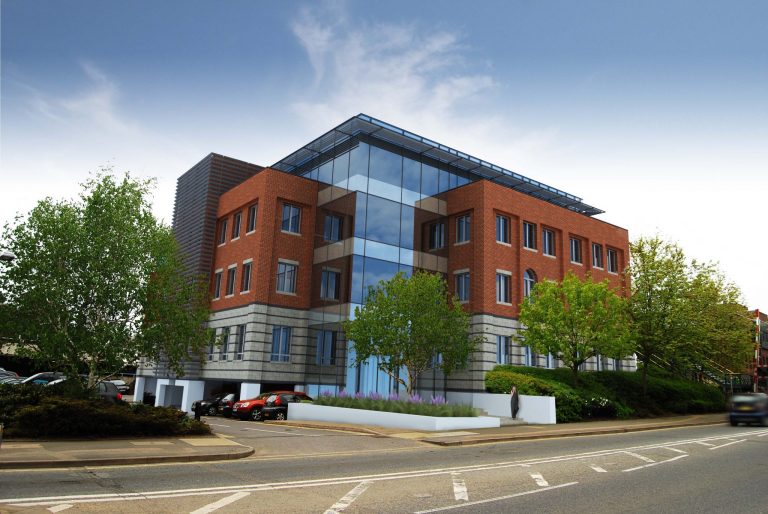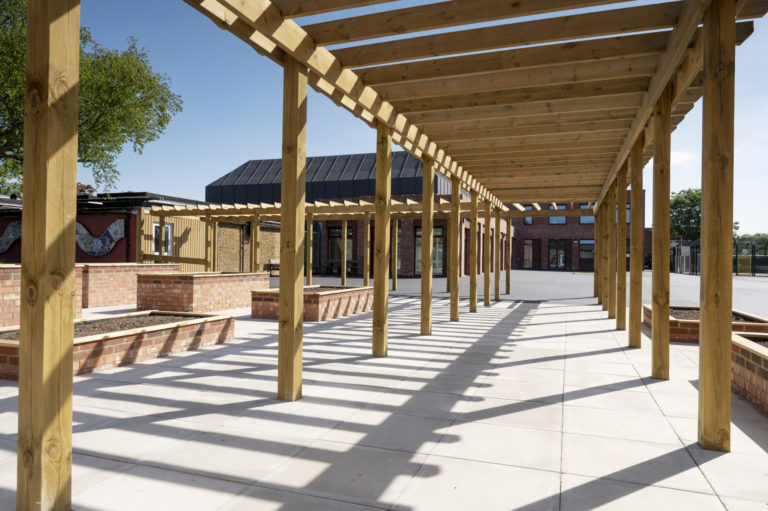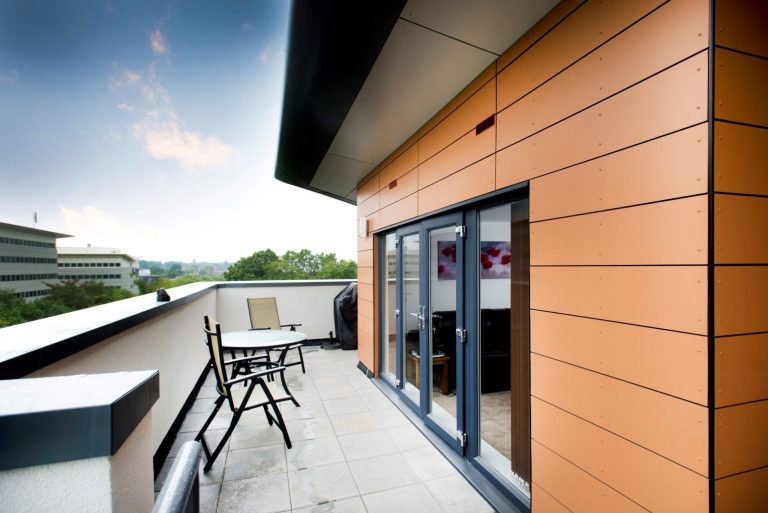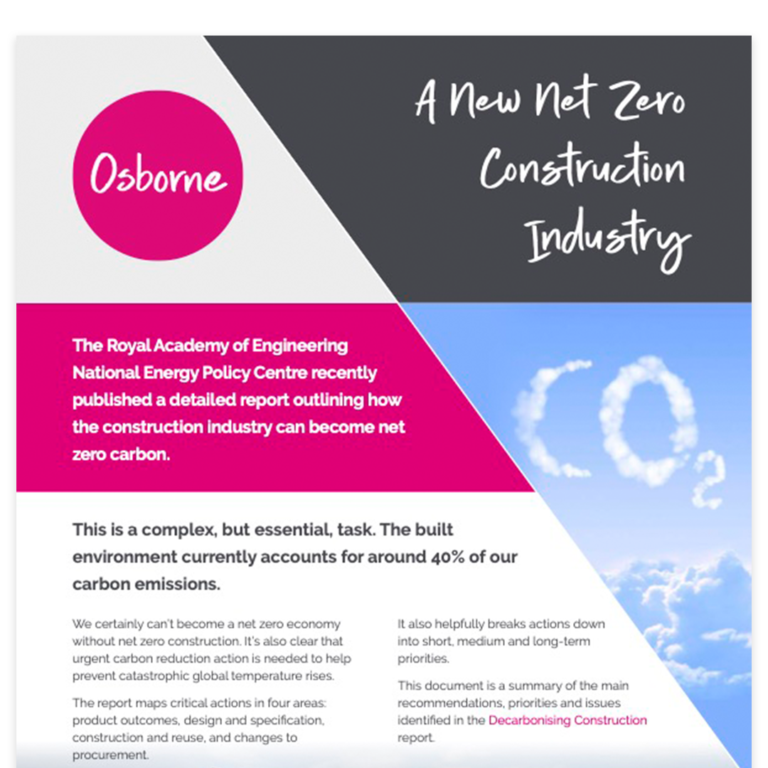LOWER CARBON CONSTRUCTION
The buildings we create today will still be in use in 2050 and beyond. This makes lower carbon and net zero construction an immediate and urgent issue.
Osborne makes an active contribution to carbon reduction through better design and by choosing lower carbon materials and methods. Our aim is to prevent avoidable greenhouse gases being emitted at every stage of the construction lifecycle.
The key issues are material selection, construction methods and eliminating the performance gap between modelled and real-world energy performance. Osborne has proven and practical solutions to each of these challenges.
Osborne has proven and practical solutions to each of these challenges.

Flexible Lower Carbon Solutions
We are fully committed to helping the Construction Industry become as sustainable as possible and reduce our carbon footprint. Together with our partners we have delivered multiple lower carbon construction projects for education and residential sectors.
Osborne’s operations are wholly UK-based. We also have an established network of supply chain partners who share our commitment to sustainability and carbon reduction. This means we are well positioned to manage and reduce carbon emissions at every stage of the process including transportation.

MATERIAL-FIRST
For many low-rise developments it’s possible to design a true net-zero building using a high structural timber content. The carbon stored in the timber balances the emissions embodied in other materials and caused by the construction process.
For higher rise buildings the ban on using combustible materials above 18m in the UK limits the use of structural timber. There are still many practical carbon-reduction opportunities available. These include intelligent building designs that use less material and construction methods that guarantee high levels of thermal efficiency.

BUILD AS DESIGNED
Building as designed is the key to reproducing modelled levels of energy efficiency in real-world conditions. Osborne’s expertise in MMC enables the design and construction phases to be fully integrated. This eliminates variances and late design changes that could compromise performance.
Detailed BIM modelling linked to an industrialised MMC process produces certainty over levels of embodied carbon and the energy needs of the building when in operation.

Access our Resource Centre
Our resource centre contains a wealth of information related to the challenge of net carbon zero housing and the options available to retrofit homes with better insulation sustainable heating systems.
To get access, simply fill in the form below.
